How to Get Started with AWS
 Rohit Pimpale
Rohit Pimpale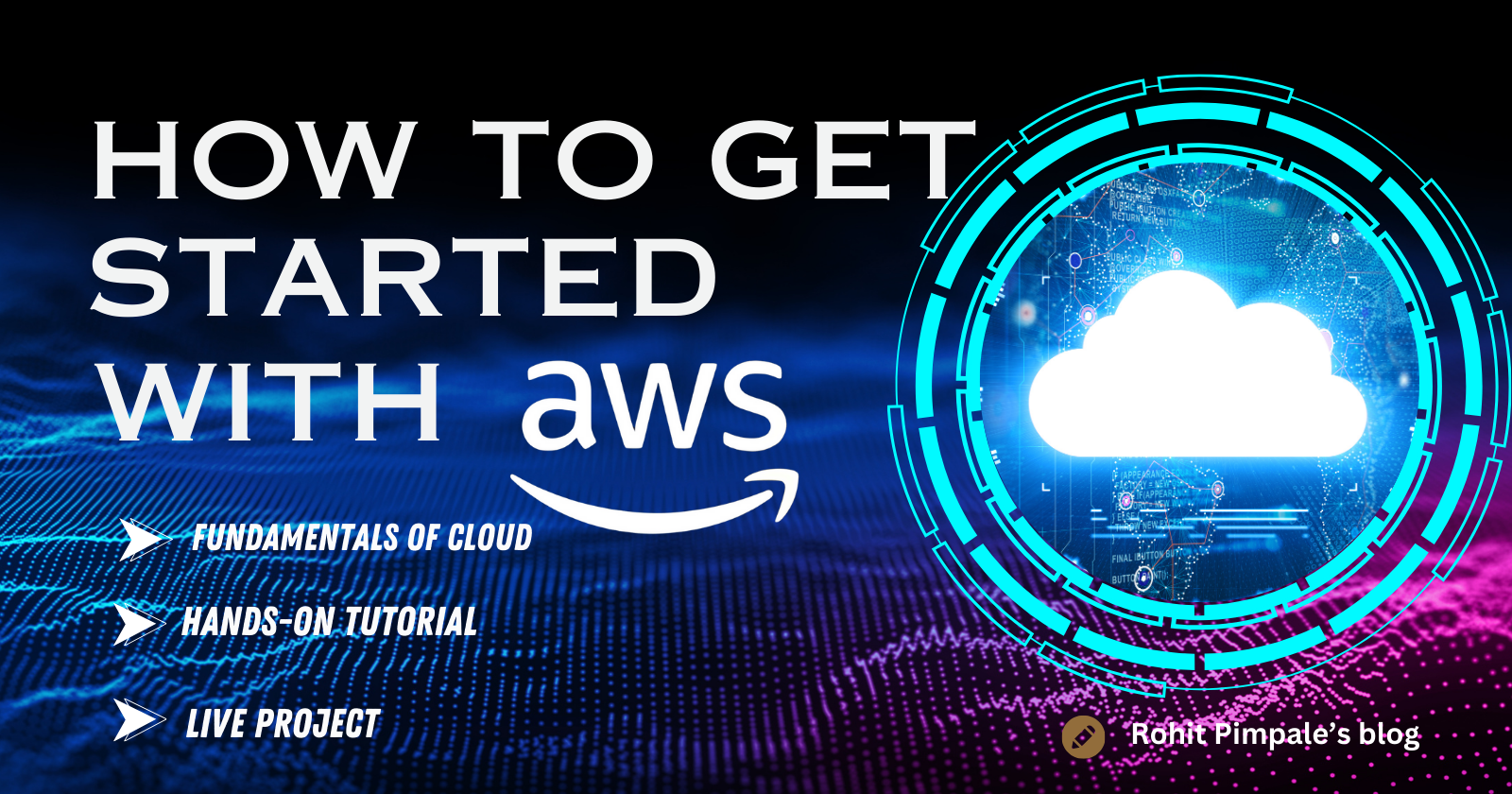
As an IT engineer, I strongly believe that achieving success in the field of Information Technology requires a commitment to lifelong learning. The landscape of information technologies has undergone significant evolution over the past decade. For those of us involved in building and implementing solutions within these changes, continuous acquisition of new skills and familiarity with emerging platforms is paramount. In this post, I will elucidate my journey into cloud computing, particularly with AWS, and offer valuable tips for those embarking on a similar path.
Why AWS
Recently, while working on a project that required connecting a database to the cloud, I explored AWS RDS and was impressed by how seamlessly my database could be connected to the cloud with just a few clicks. The decision to delve into AWS was driven by several compelling factors:
Comprehensive and Scalable Cloud Infrastructure: AWS provides an extensive and scalable cloud infrastructure, offering a wide range of services to accommodate diverse business needs.
Vast Array of Services: The platform boasts an extensive suite of services, catering to various aspects of cloud computing, ensuring flexibility and versatility in application development and deployment.
Global Application Deployment: AWS facilitates the deployment of applications on a global scale, allowing for efficient reach and performance optimization across different regions.
Robust Security Features: The security framework of Amazon's cloud platform is robust, providing a secure environment for hosting applications and data.
AWS Free Tier: The AWS Free Tier is an attractive offering, providing access to certain services at no cost for the initial 12 months after registering with AWS. This allows users to explore and experiment within specified usage limits.
What you will get by starting at AWS
Pay-as-You-Go Model: AWS follows a pay-as-you-go pricing model, ensuring that users only pay for the resources and services they consume. This flexibility is advantageous for managing costs efficiently.
Networking and Security in AWS
Understanding networking and security principles in AWS is foundational to learning cloud computing. These concepts transcend AWS and are applicable to other cloud platforms as well.
Amazon VPC (Virtual Private Cloud)
A crucial aspect of AWS is Amazon VPC, enabling the creation of a virtual space. With Amazon Virtual Private Cloud (Amazon VPC), you can launch AWS resources in a logically isolated virtual network that you've defined.
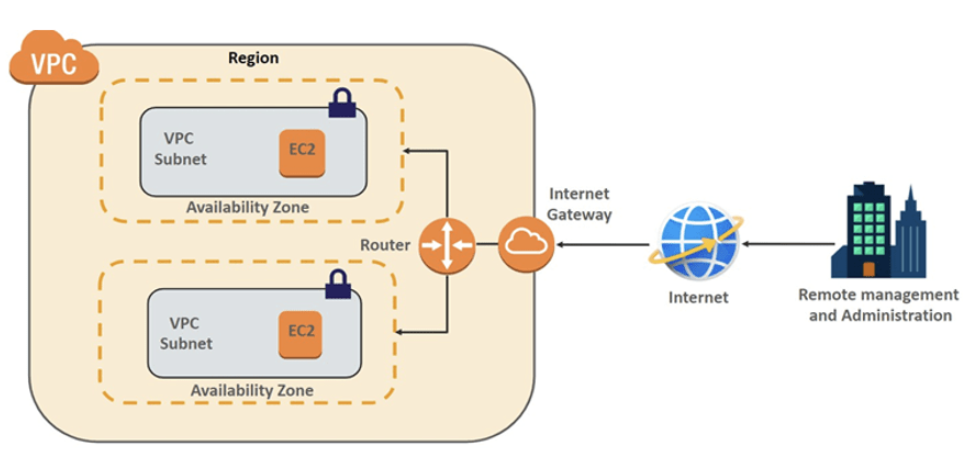
You gain comprehensive control over your virtual networking environment, encompassing resource allocation, connectivity, and security. This empowers you to deploy applications on over-provisioned, highly available, and redundant infrastructure configurations, all seamlessly managed by AWS. AWS handles the intricacies associated with establishing a data center, such as cables, server racks, hardware, power supply, and more.
How to create your own VPC
Use the following procedure to create a VPC plus the additional VPC resources that you need to run your application, such as subnets, route tables, internet gateways, and NAT gateways. For example VPC configurations,
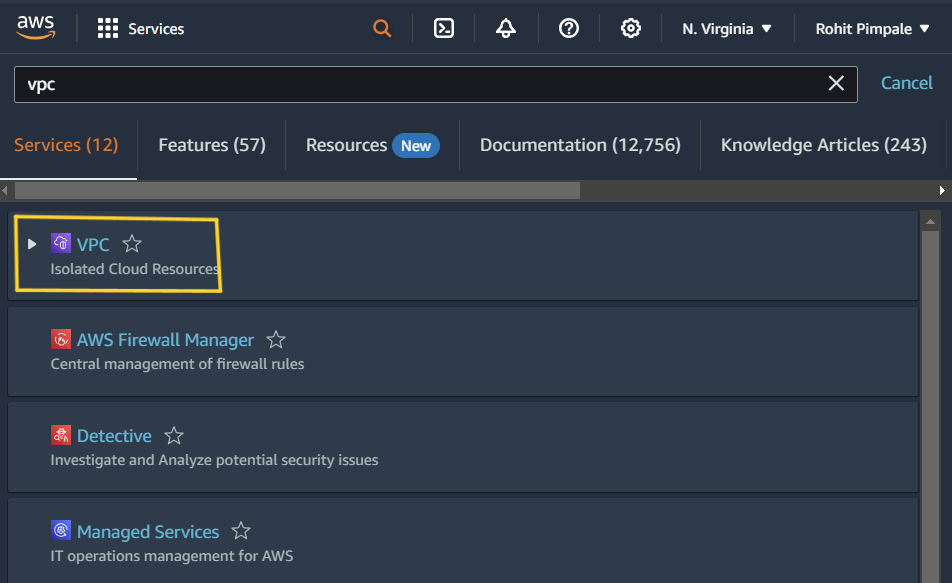
Now go to Create VPC

Set up VPC
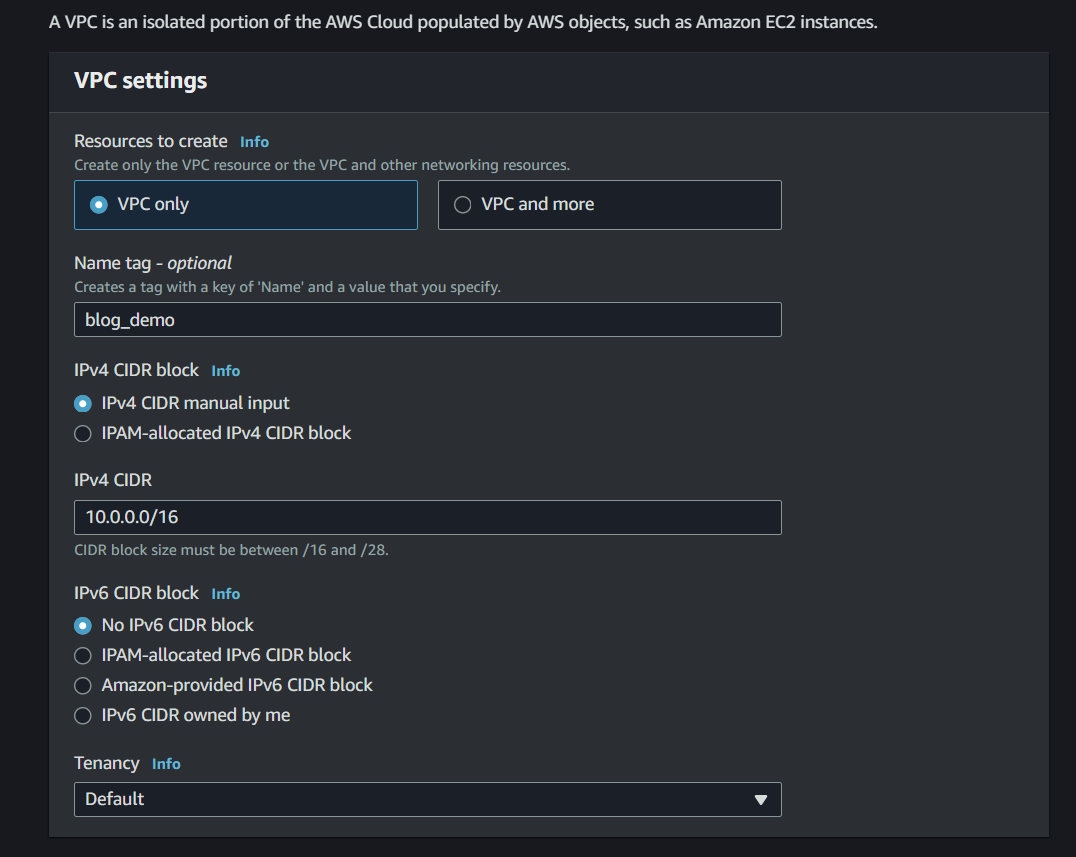
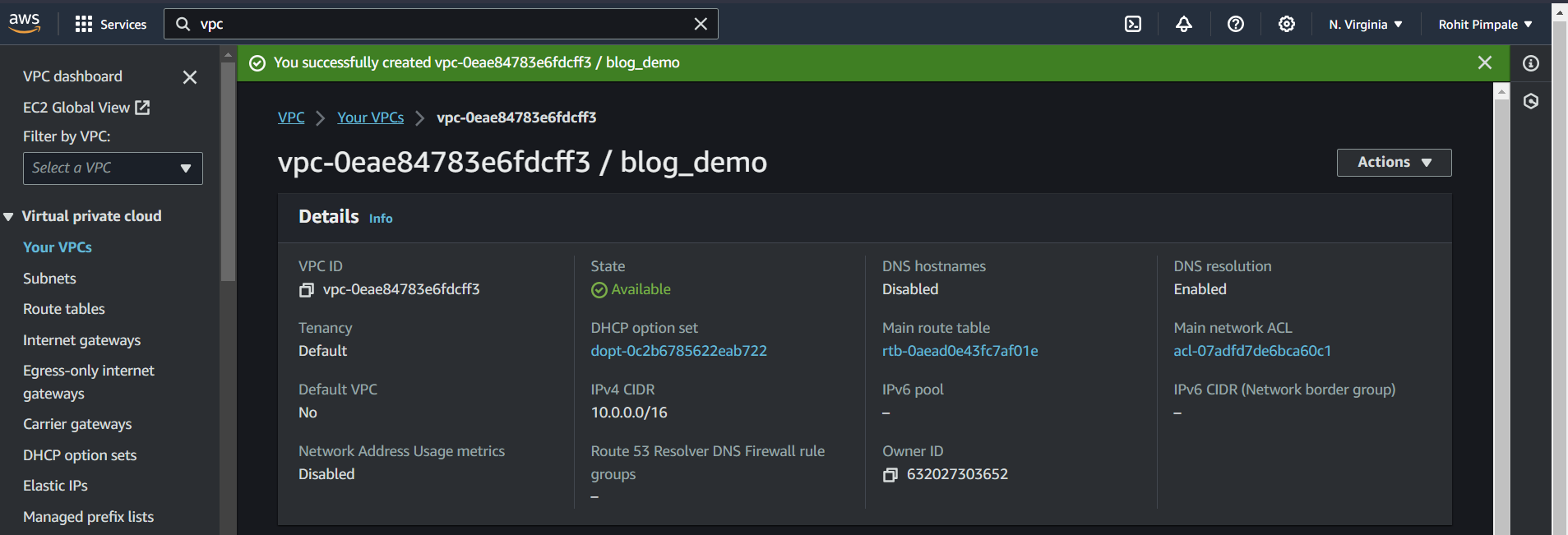
Next, Go to Internet gateway

Attach it to VPC
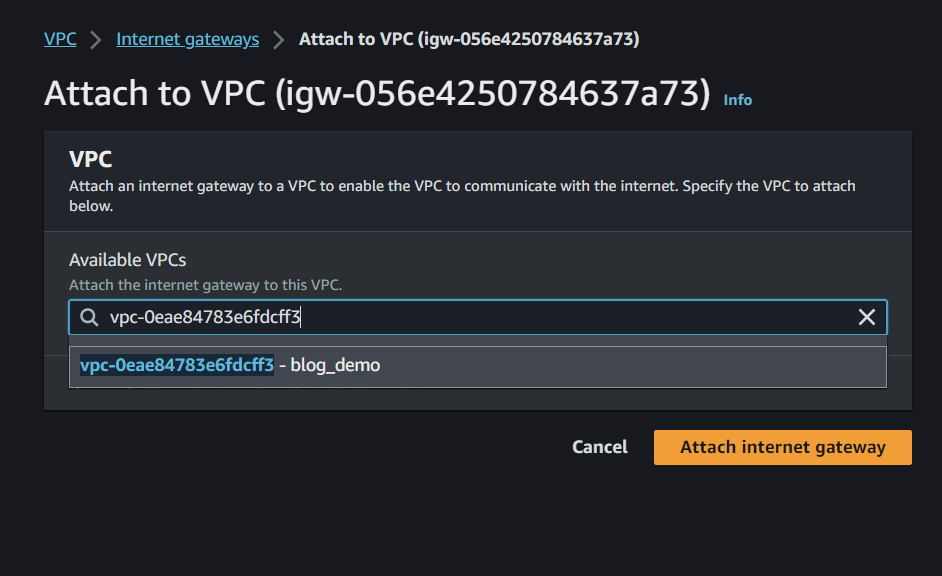
Create Route table
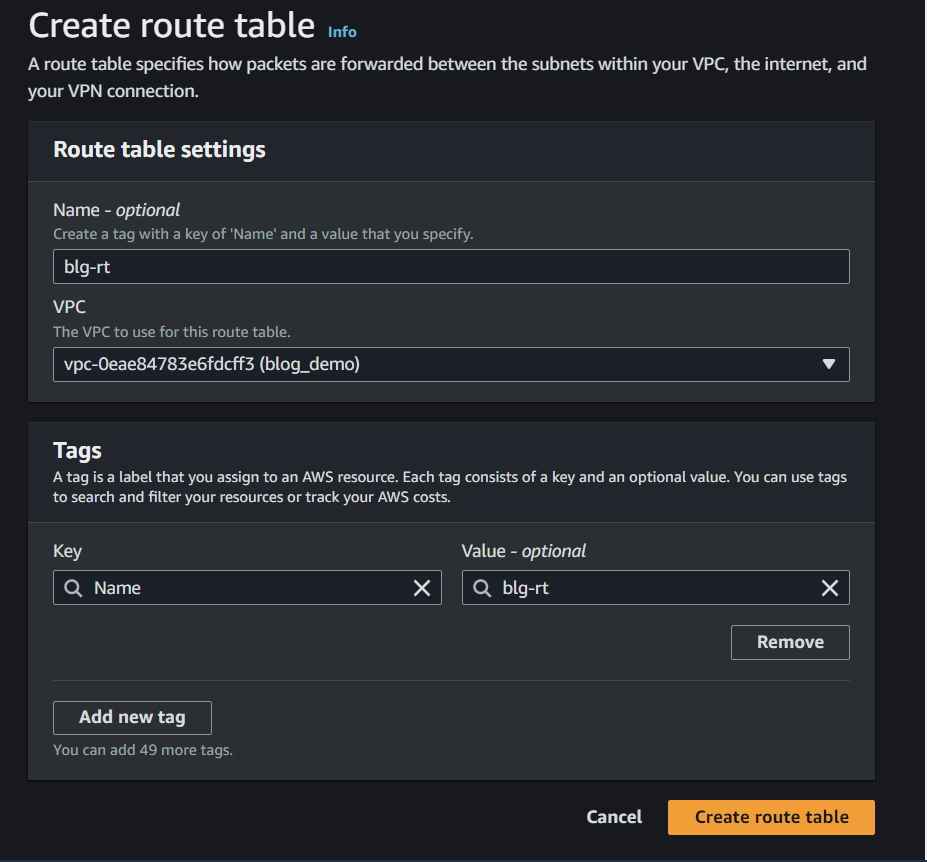
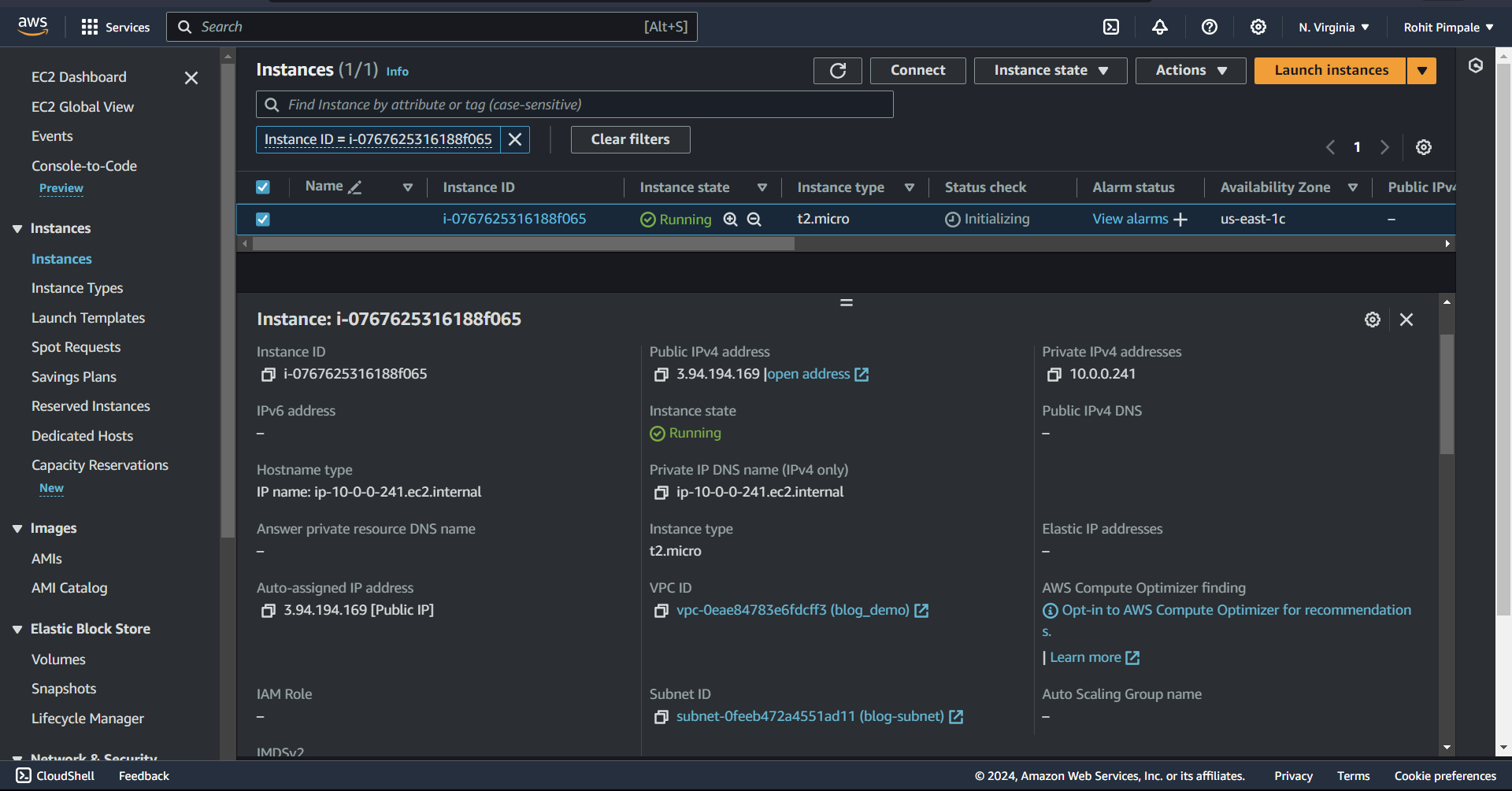
AWS Security Best Practices
Running a machine with mission-critical workloads requires multiple layers of security. Amazon Virtual Private Cloud can be secured like your on-premises data center by following some of these useful tips:
Amazon Web Services marketplace offers you a web application firewall, a firewall virtual appliance, and a few other tools which you can use to secure your Amazon VPC.
To secure your protocols from unauthorized access you can configure intrusion detection systems and intrusion prevention virtual appliances.
With the help of Configure Privileged Identity access management, you can audit and monitor Administrator access to your VPC.
For transferring information securely between Amazon VPC among diverse regions or Amazon VPC to an on-premises data center, you can easily configure a Site-to-Site VPN.
Another option to transfer information securely is to use AWS Transfer for Secure File Transfer Protocol (AWS SFTP). With AWS SFTP, you use VPC endpoints and avoid using public IP addresses or going through the internet. In addition, VPC endpoints for AWS SFTP leverage security functionality via AWS private link, which provides private connections between your VPCs and AWS services
Control your cost
One major challenge faced by my friends and me is understanding AWS costing while discussing and following the best and most efficient ways to manage billing. For students, particularly, avoiding exceeding the free tier is crucial. Here are steps to set up alerts for amounts exceeding $0.01:
Step 1: Go to the Billing dashboard
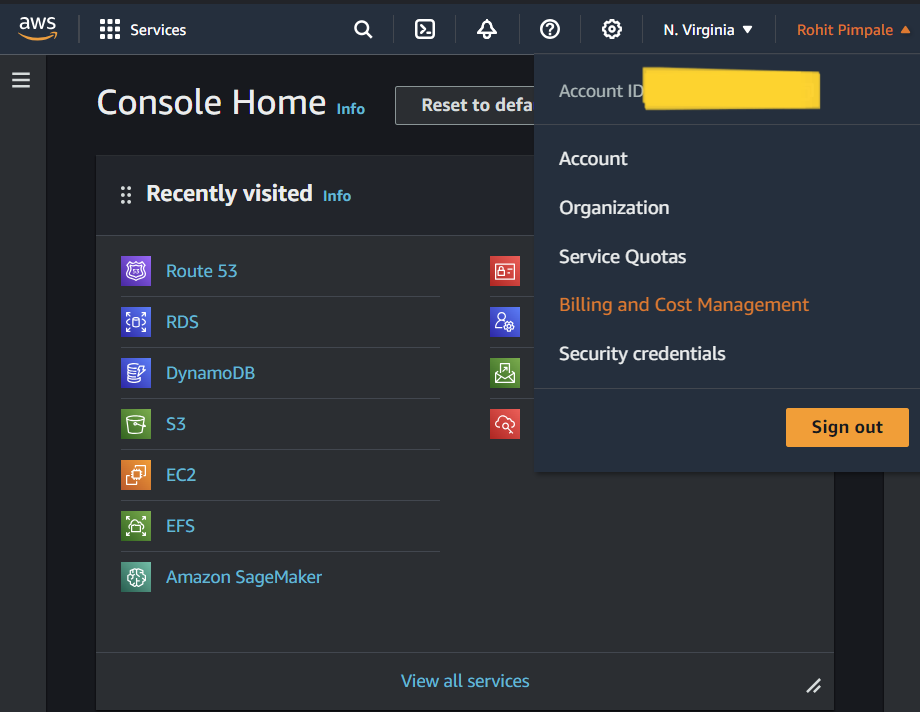
Step 2: click on the free tier (here you can check the free tier usage spend and left)
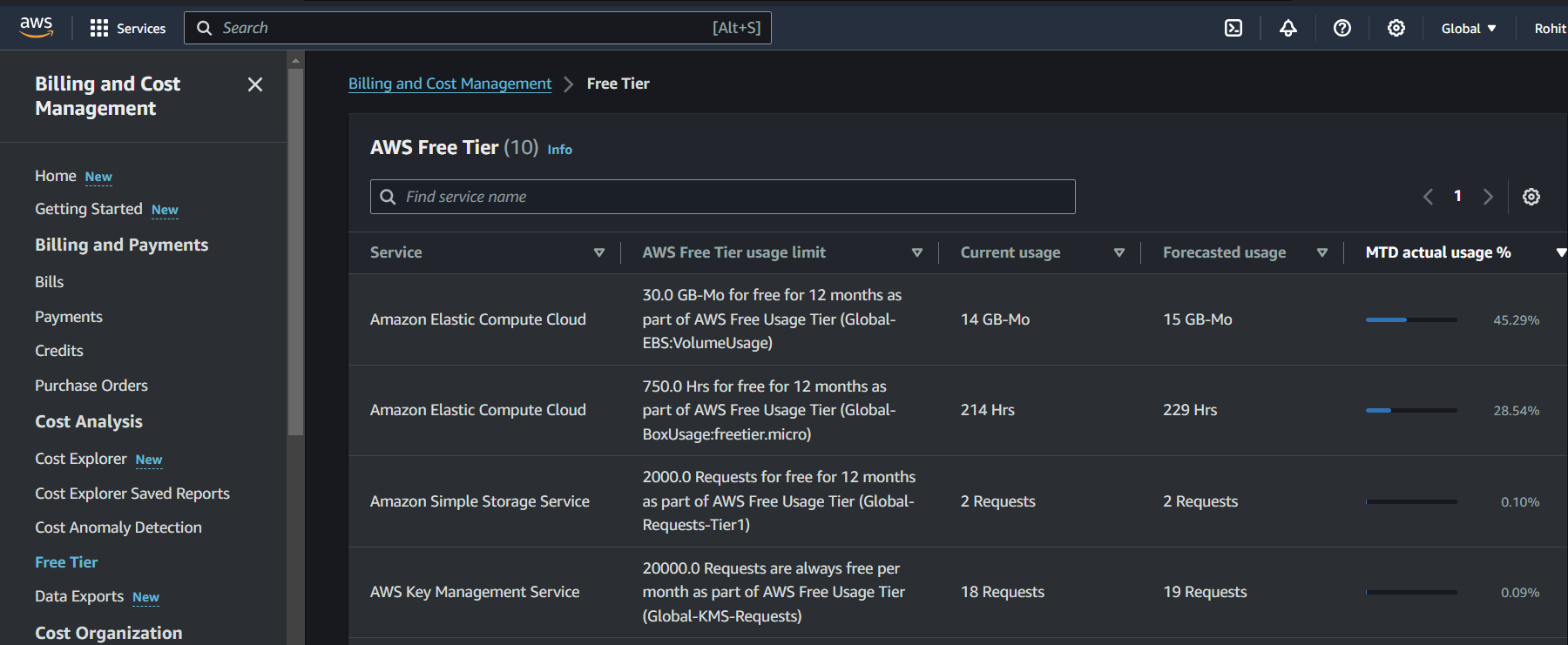
Next, Go to billing preferences to set up your billing budget

Step 3: Create Budget
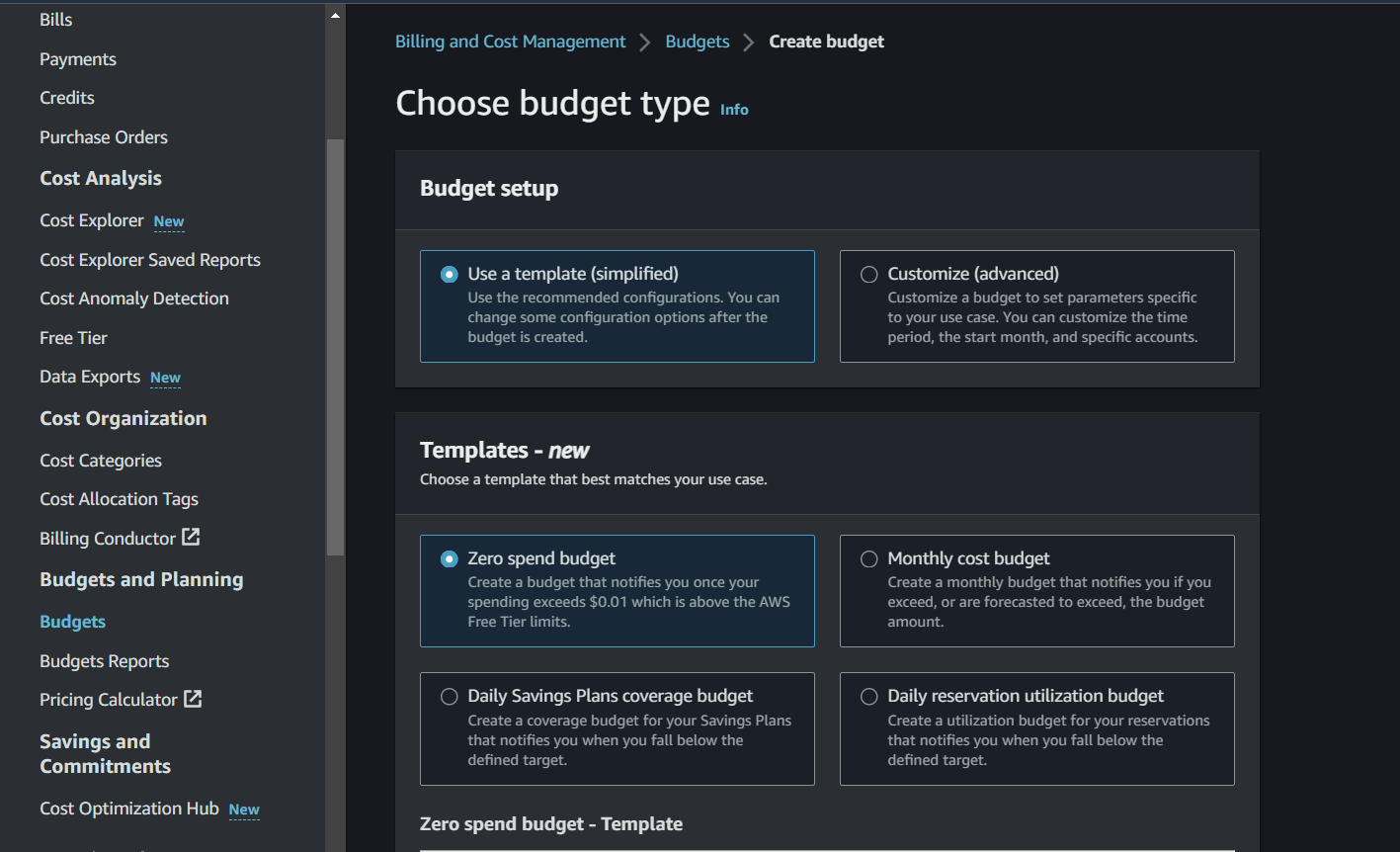
you can edit the billing budget
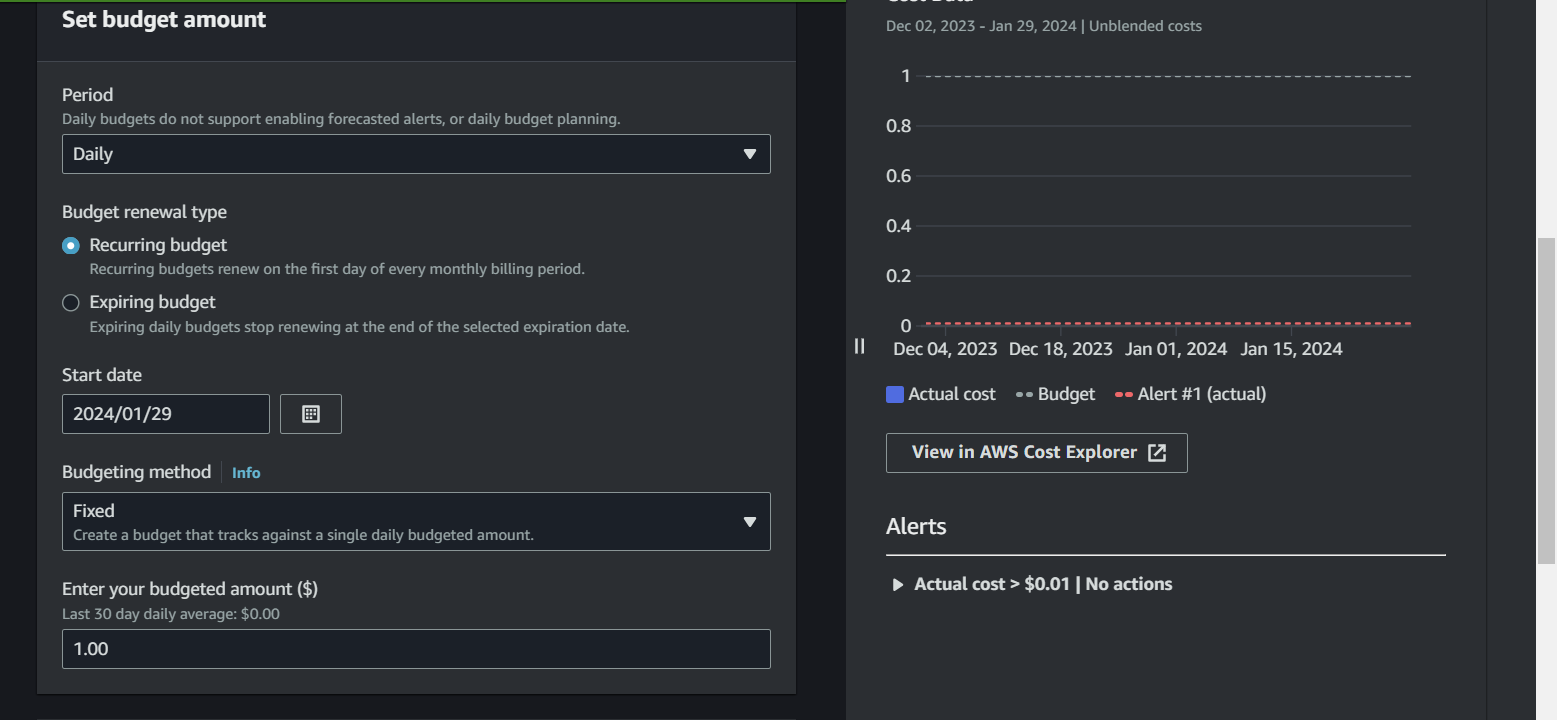
Step 4: Review
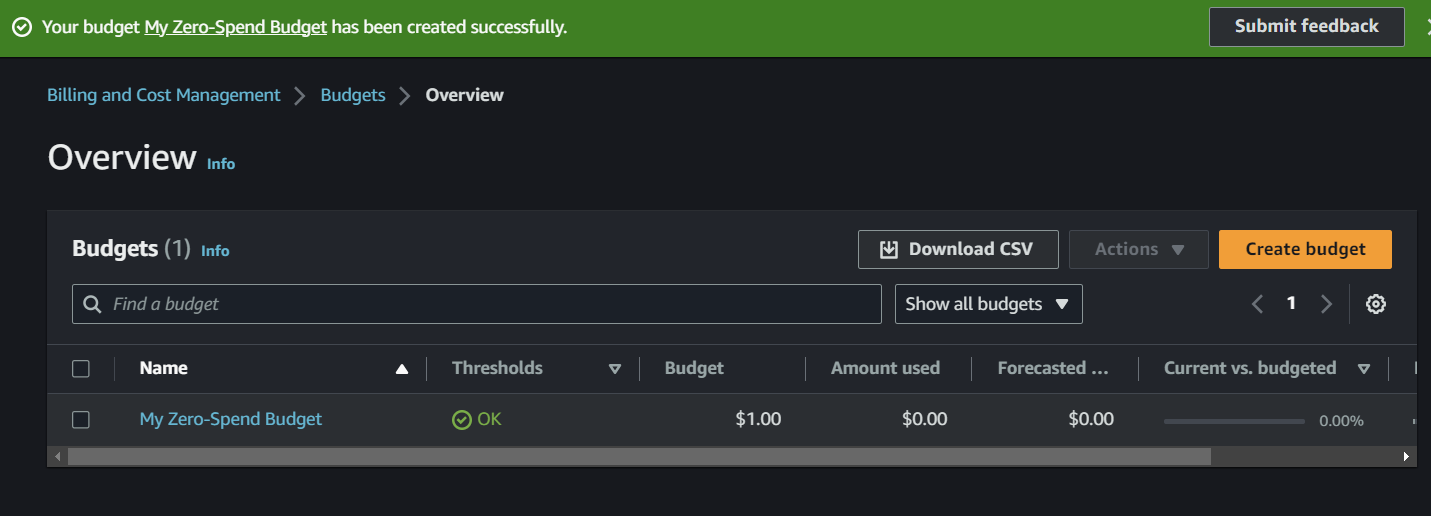
congratulations 🎊 you have set up a cost budget
You have successfully analyzed your Free Tier usage and have created a total monthly cost budget using AWS Budgets. Using the AWS Billing Console, you can access a number of tools to help you better understand your costs and usage, including AWS Free Tier Usage Limit email alerts and AWS Budgets. The AWS Free Tier enables you to gain free, hands-on experience with AWS products and services.
Amazon RDS Features
Conclusions
We delved into the foundational aspects of cloud computing, including networking principles and best practices for security. Subsequently, we comprehensively grasped the concept of Virtual Private Cloud (VPC) by practically constructing our own VPC. The culmination of our learning involved a hands-on demonstration project, wherein we created and established Review Your Spend and Free Tier usage and set up a cost budget.
Embark on your practical journey with confidence, as AWS offers a free tier, eliminating concerns about subscription fees. Additionally, you can engage with AWS hands-on tutorials to enhance your skills. Recognizing that each individual's learning path is unique, take the opportunity to explore AWS and derive enjoyment from the experience. And you want to connect with me on LinkedIn
Subscribe to my newsletter
Read articles from Rohit Pimpale directly inside your inbox. Subscribe to the newsletter, and don't miss out.
Written by

Rohit Pimpale
Rohit Pimpale
ML and Cloud native enthusiasts | AWS | Building @CodeSapiens 💻 | Curious in WEB3,WASM 🕸️ | Technical Writer blogrohit.hashnode.dev 📝 | Documenting my learning on github.com/Titanpimpale 📚 I also publish my blog on Friday so stay tuned 😉